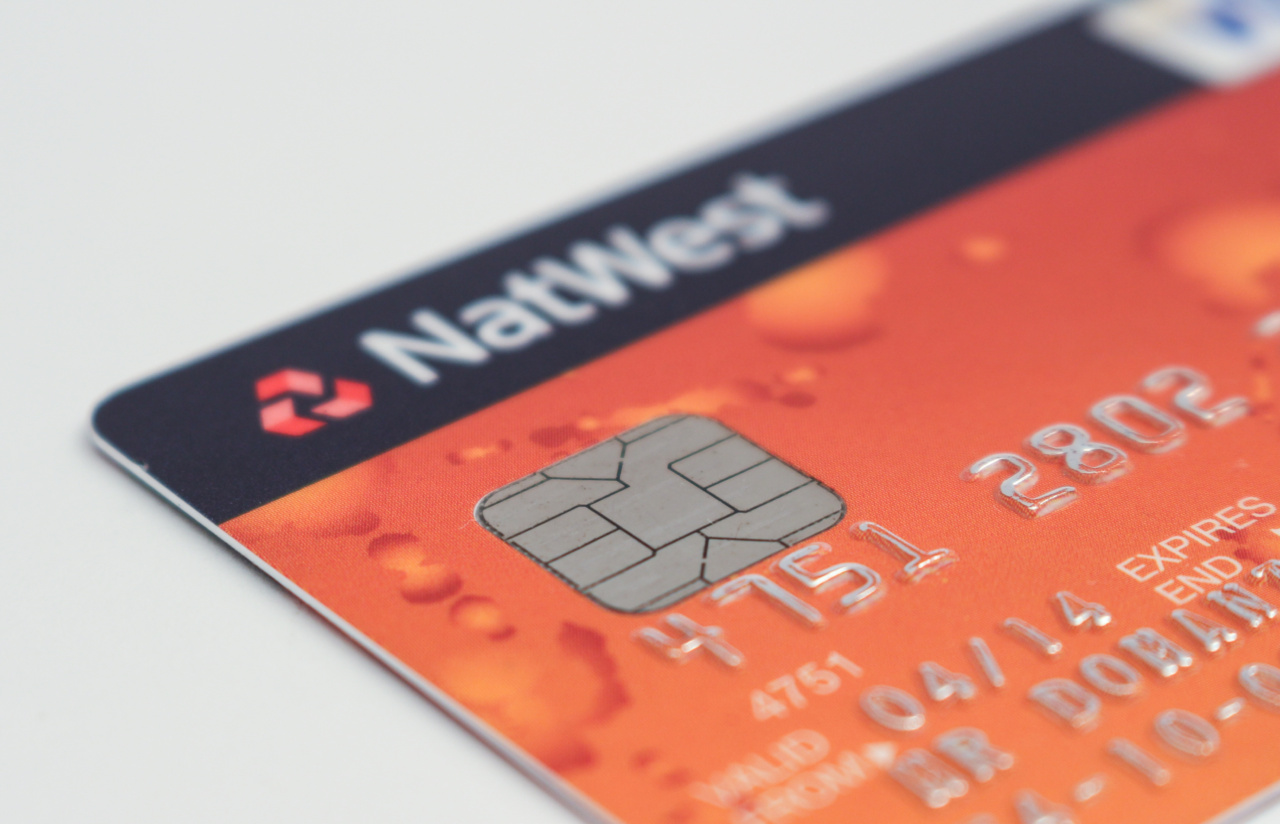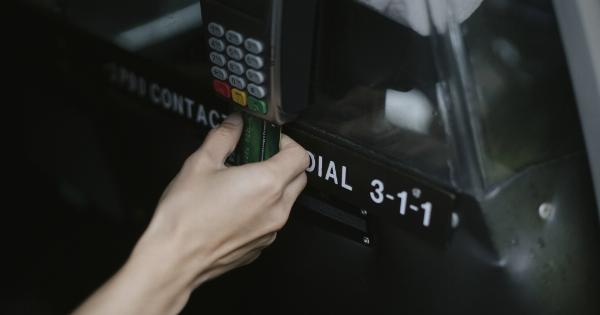Efficient and secure payment methods are crucial in today’s fast-paced digital world.
With the increasing reliance on online transactions, it is essential to have payment systems that are not only efficient but also provide a high level of security. This article explores various payment methods that meet these criteria, ensuring smooth and safe payment experiences for businesses and consumers alike.
The Evolution of Payment Methods
Payment methods have come a long way from traditional cash-based transactions to modern digital forms of transferring money. In the past, cash was the primary method of payment, followed by checks and money orders.
However, as technology advanced, electronic payment methods such as credit cards, debit cards, and online payment platforms emerged.
These digital payment methods revolutionized the way we make transactions, offering convenience, speed, and accessibility. But efficiency and security became crucial concerns as the volume of online transactions increased.
Credit and Debit Cards
Credit and debit cards have long been popular payment methods due to their widespread acceptance and ease of use. With a simple swipe or tap, consumers can make purchases instantly.
However, the security of card transactions became a significant concern as credit card fraud and identity theft cases escalated.
To address these issues, security features like EMV chips were introduced, making card transactions more secure. EMV chips generate unique transaction codes that cannot be used again, preventing unauthorized use of card information.
Moreover, secure protocols like PCI DSS (Payment Card Industry Data Security Standard) set guidelines for businesses to ensure the safe handling of customer card data.
Mobile Payments
As smartphones became an integral part of our lives, mobile payment methods gained popularity. Mobile wallets like Apple Pay, Google Pay, and Samsung Pay allow users to store their payment information securely on their devices.
These apps use encryption and tokenization to protect sensitive data during transactions.
Mobile payments also frequently utilize near-field communication (NFC) technology, enabling contactless payments. By tapping their phones on compatible terminals, users can make quick and secure payments, eliminating the need to carry physical wallets.
Online Payment Gateways
Online payment gateways are essential for e-commerce businesses. These platforms enable merchants to accept payments securely over the internet.
Well-known payment gateways such as PayPal and Stripe provide a seamless payment experience for customers while ensuring the safety of their financial information.
These gateways utilize advanced encryption technologies to secure transactions. They also offer additional security measures like two-factor authentication and fraud detection systems to minimize the risk of unauthorized access.
Cryptocurrency
Cryptocurrency, such as Bitcoin, has emerged as an alternative payment method in recent years. This digital currency operates on blockchain technology, which ensures transparency and security in transactions.
The decentralized nature of cryptocurrencies provides protection against hacking and fraud attempts.
While the adoption of cryptocurrencies for payments is still relatively limited, some businesses and e-commerce platforms have started accepting them as alternative forms of payment.
Biometric Payments
Biometric payments offer a highly secure and efficient method of transaction authorization. Biometric data, such as fingerprints, facial recognition, or iris scanning, is used to authenticate payments.
This method eliminates the need for physical cards or passwords, reducing the risk of fraud and identity theft.
Smartphones and devices equipped with biometric sensors can authorize payments through biometric authentication, providing a seamless and secure experience for users.
Contactless Payments
Contactless payments have gained significant popularity, especially in recent times, due to their hygiene and convenience aspects.
These payments can be made by simply tapping or waving cards, smartphones, or wearable devices near the payment terminals.
Contactless payments utilize NFC technology, which ensures the secure transmission of payment data without the need to physically insert cards into terminals.
It also often involves tokenization, replacing sensitive card information with unique tokens for individual transactions.
Improving Payment Security
While various payment methods offer security features, it is essential for businesses and consumers to take additional steps to enhance payment security.
Implementing two-factor authentication, regularly updating software, and using robust passwords can significantly reduce the risk of unauthorized access.
Educating consumers about phishing scams and fraudulent websites can also help prevent security breaches.
The Future of Payments
Efficiency and security will continue to remain at the forefront of payment system developments. As technology advances, new and innovative payment methods are expected to emerge.
The rise of blockchain technology, advancements in biometrics, and the potential integration of artificial intelligence and machine learning in payment systems show promising signs for the future.
These developments aim to provide enhanced security, faster transactions, and seamless payment experiences for users.
Conclusion
Efficient and secure payment methods play a critical role in today’s digital world. The evolution of payment systems, from traditional cash to digital methods, has brought convenience, speed, and accessibility to transactions.
However, with the increasing volume of online transactions, it is crucial to prioritize security measures.
Whether it’s credit and debit cards, mobile payments, online payment gateways, cryptocurrency, biometrics, or contactless payments, each method offers unique advantages in terms of efficiency and security.
Additionally, businesses and individuals must remain vigilant and proactive in implementing additional security measures to protect sensitive information during transactions.



























